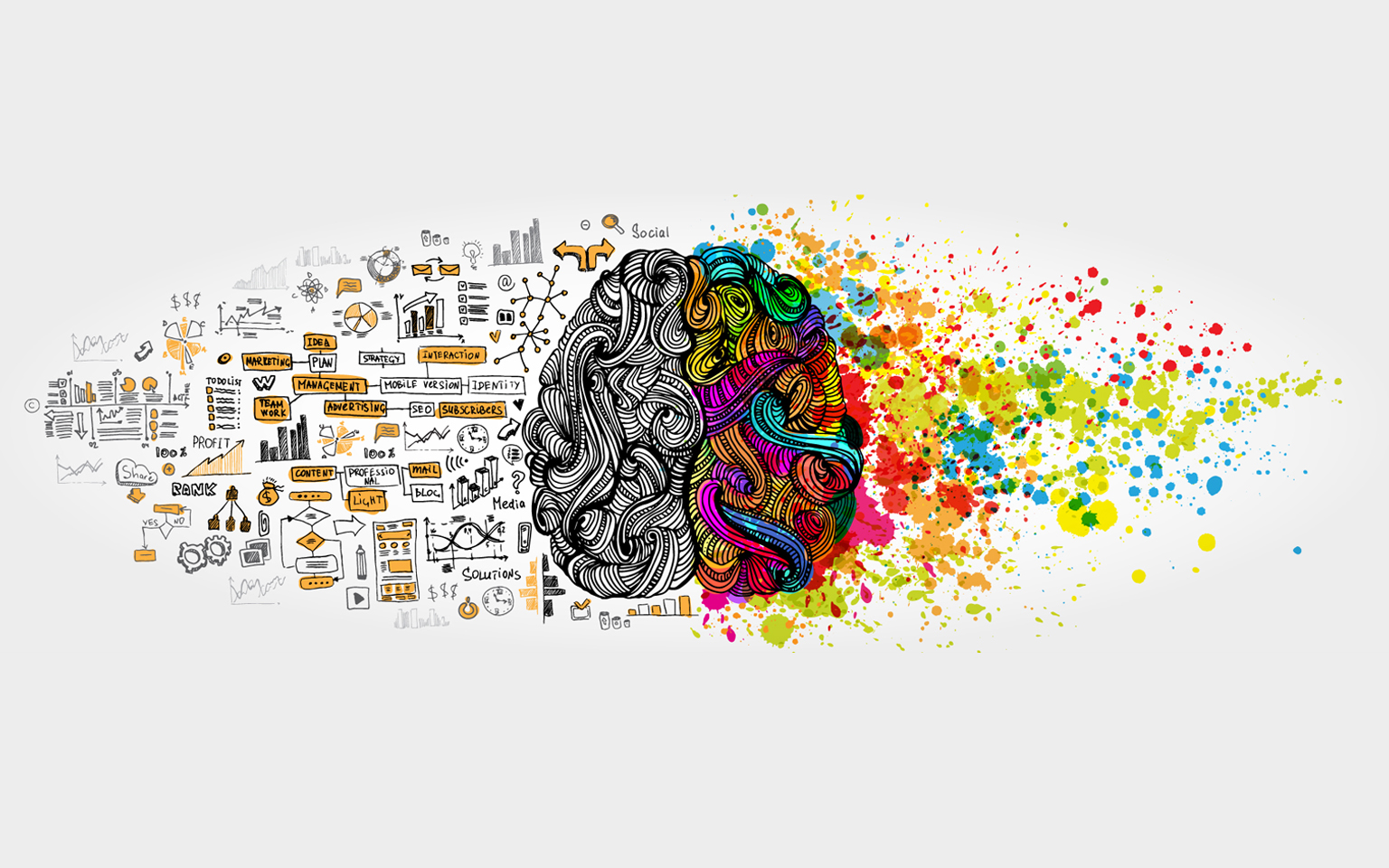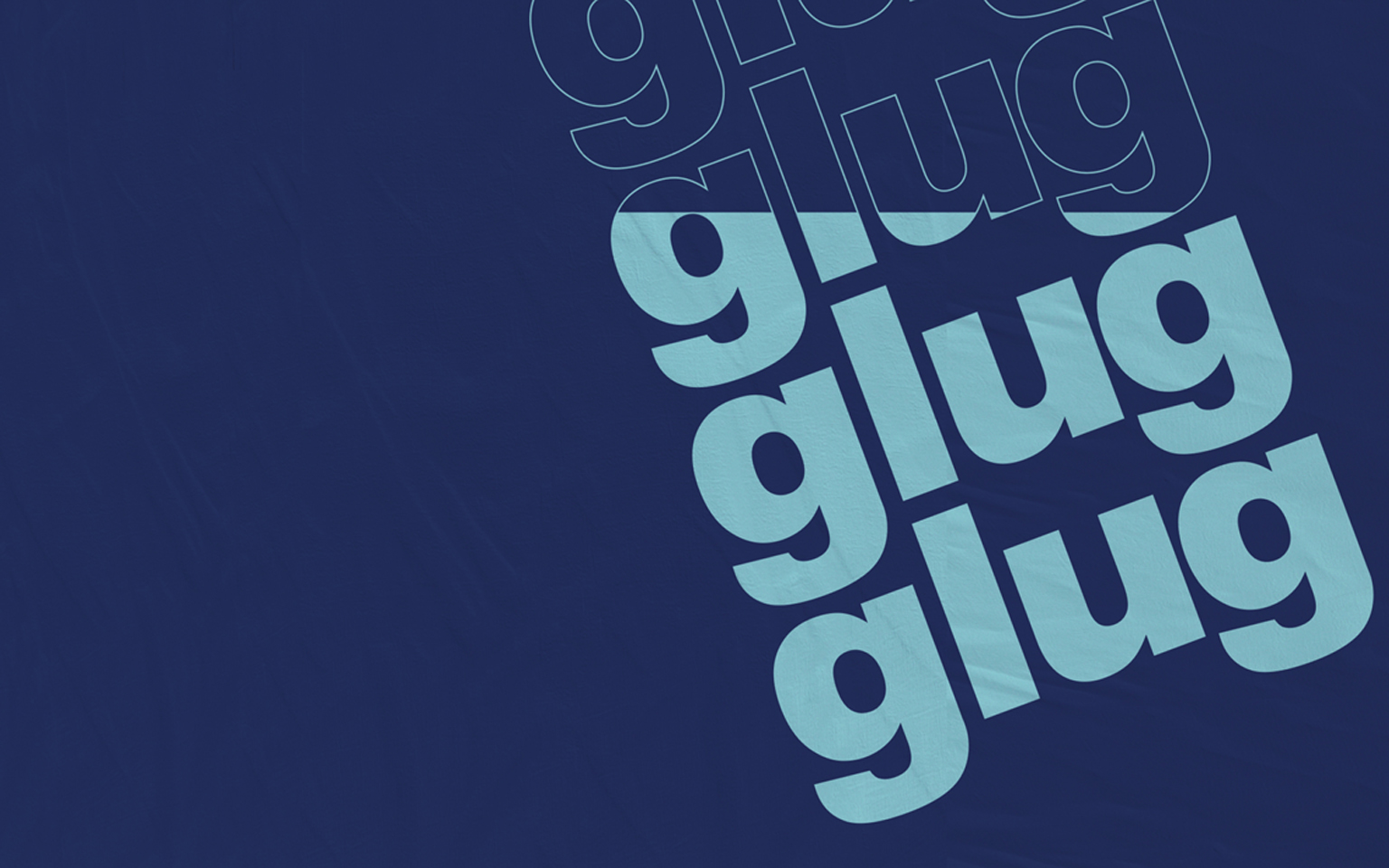Behavioural Science
Using human understanding to design for impactful change

Lastest white paper: Nature vs Nurture
Read the new white paper by our in-house Applied Behavioural Scientist, Mark Hauser.
Nature vs Nurture: What business leaders should know about the way environment shapes behaviour.
Summary
How do you understand what drives certain behaviours in the people closest to your brand?
Our in-house Applied Behavioural Scientist brings the powerful insights of behavioural science to every project brief. This helps us focus on the “people” element and design effective behavioural interventions as part of our work.
Approach
We bring clarity by simplifying the complex.
This allows behavioural science and creativity to work in perfect harmony.
Behavioural Science in the Discovery Phase
Applying a behavioural science lens at the discovery phase of a project is vital.
It ensures we uncover the real drivers and influences of behaviour.
Traditional research typically relies on conscious self-analysis, which has been proven to be unreliable and unrepresentative of how decisions are truly made.
We blend ethnography, cultural and behavioural analysis to inform more meaningful conclusions.
Designing Your Brand for Change
When designing for change we work with a variety of different frameworks, models and processes, depending on the challenge.
This might inlude COM-B and B-MAT for intervention designs or trusted mapping processes for running design sprints.
For communications and content, we blend our own processes with frameworks like MINDSPACE and EAST. This serves as a sense-check, ensuring a focus on the human truths.
This feeds into everything we do. Whether it’s the production of strategic content for your brand, a digital experience or using video and motion to tell your story.
Application
Brand Strategy
Consumer understanding: considering the drivers and influences of consumer behaviour, both to understand the current, and also to inform future innovations.
Positioning: understanding the unconscious needs, desires and tensions of customers in order to position your brand with relevance and meaning.
Brand audits: auditing the full brand experience from a behavioural perspective to ensure all elements contribute towards the brand identity, driving brand equity in the process.
Brand Activation
Campaign Strategy: understanding the drivers and influencers of behaviour to identify optimal levers of change to drive the creative solution.
Content optimisation: using the principals of behavioural science to optimise the effectiveness of content and communications in any channel.
CX, UX, innovation and product design: using behavioural science to inform the design process in order to deliver client objectives and a seamless consumer experience.
Employee Engagement
Employee Motivation and Engagement Strategy: using psychology and behavioural science to design and deliver effective employee engagement programmes.
Corporate Culture: using behavioural science to develop tight cultures, where values and behaviours align with the desired organisational identity.
Embracing Change: using behavioural science and psychology to help organisations and the people they serve navigate change.
Rewards and Recognition: using psychology to develop effective solutions that put people first, driving change for happier, more motivated and higher performing employees.
Some of our work
Govia Thameslink Railway
Driving positive behaviour change
Southwest Airlines
Keeping the personality in hospitality
Southeastern
‘Safeeastern’ campaign: Reassuring passengers of safety measures



